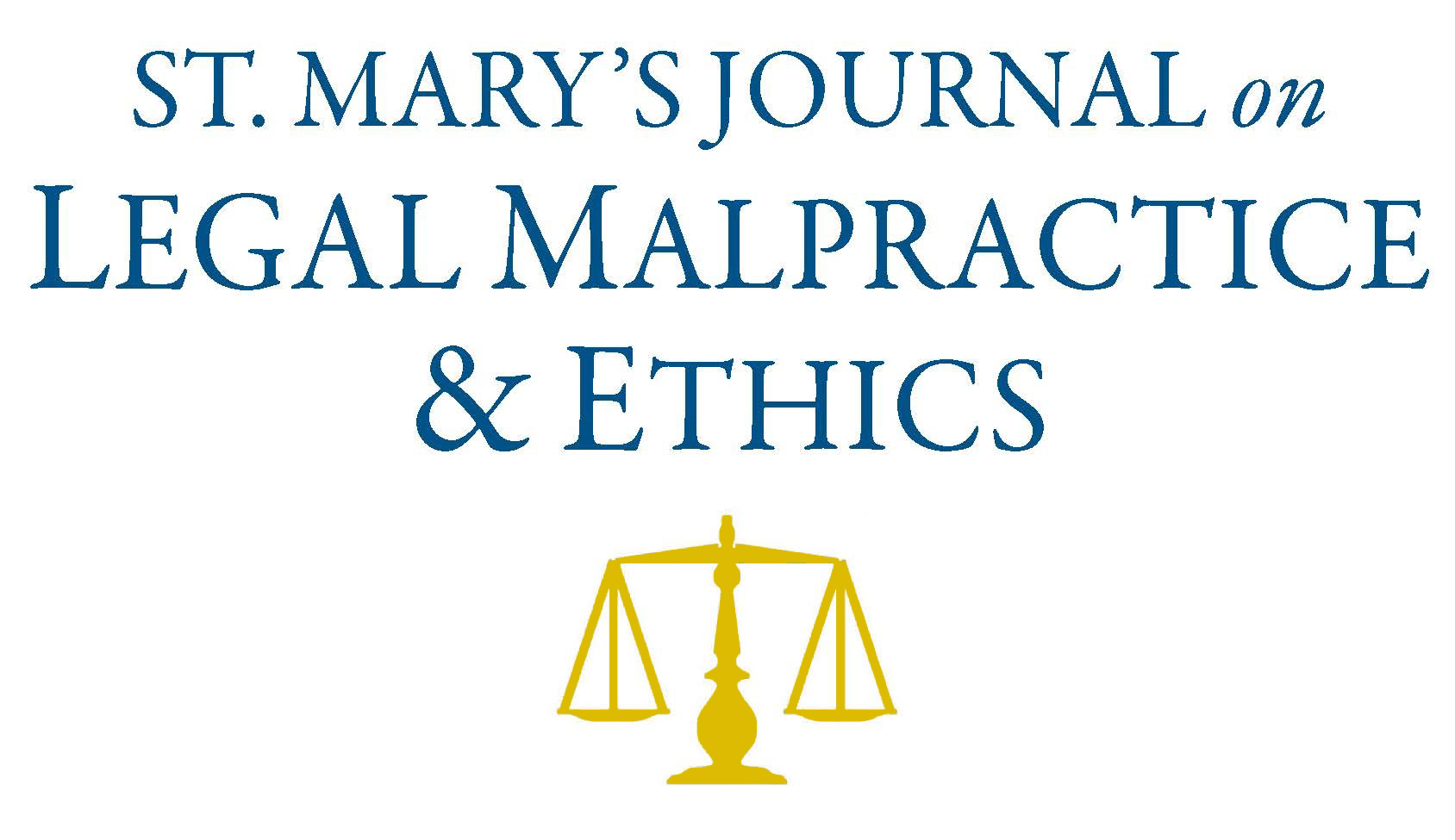
First Page
54
Date Created
4-9-2025
Publisher
St. Mary's University School of Law
Editor
Natalia Francesca Jasso
Last Page
108
Abstract
Clients engage lawyers for many reasons. Regardless of the circumstances, however, the lawyer and the client need to agree on the scope of the lawyer’s representation, meaning the legal services the lawyer will perform for the client. The client must agree to and understand the scope of the lawyer’s representation as aspects of establishing her objectives for the matter and thereafter evaluating whether the lawyer is achieving those objectives. The client must also understand the scope of the representation to be able to decide whether the matter’s potential expense justifies its pursuit and to gauge the reasonableness of the lawyer’s fees. At bottom, the importance of the client’s agreement to, and understanding of, the scope of representation is most easily appreciated if the attorney-client relationship is analogized to a joint venture.
From a lawyer’s perspective, the scope of representation is central to various forms of professional responsibility and liability risk. Indeed, a lawyer’s duties to a client are framed by the scope of the representation. As a component of scope, a lawyer normally must abide by a client’s decisions concerning the objectives of the representation. From a professional liability standpoint, a lawyer typically is not liable for professional negligence—commonly referred to as legal malpractice—for failing to act outside the scope of representation. Similarly, while lawyers are fiduciaries to their clients, a lawyer’s fiduciary duties are confined to the scope of the representation.
In summary, few, if any, professional responsibility and liability concepts are as consequential for lawyers and clients as the scope of representation
Recommended Citation
Douglas R. Richmond,
Sighting the Scope of a Lawyer’s Representation,
15
St. Mary's J. on Legal Malpractice & Ethics
54
(2025).
Available at:
https://commons.stmarytx.edu/lmej/vol15/iss1/3

